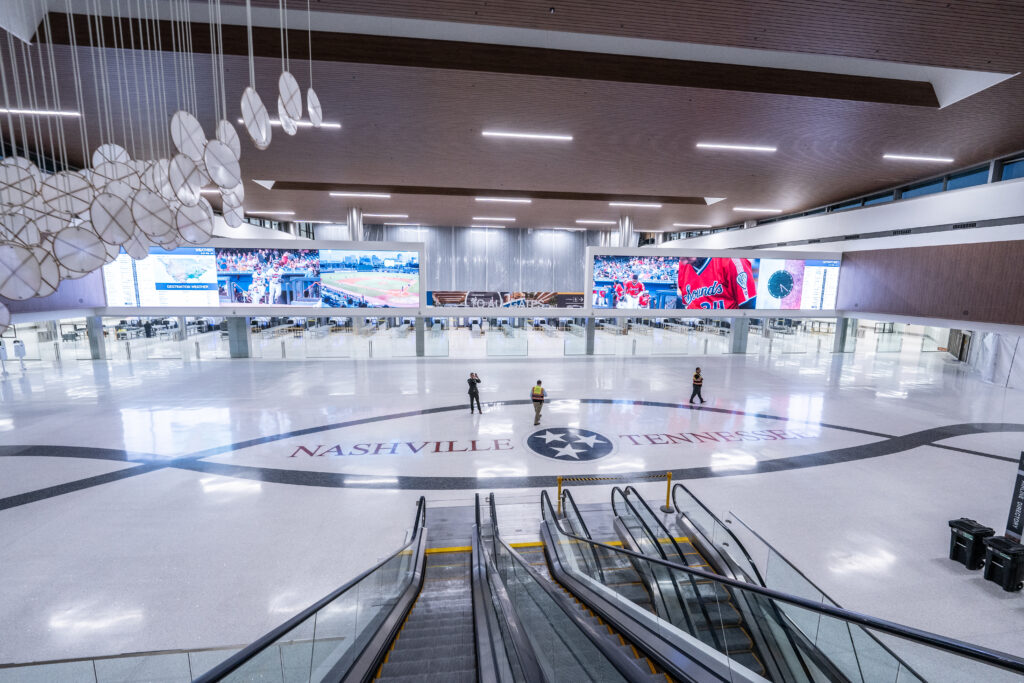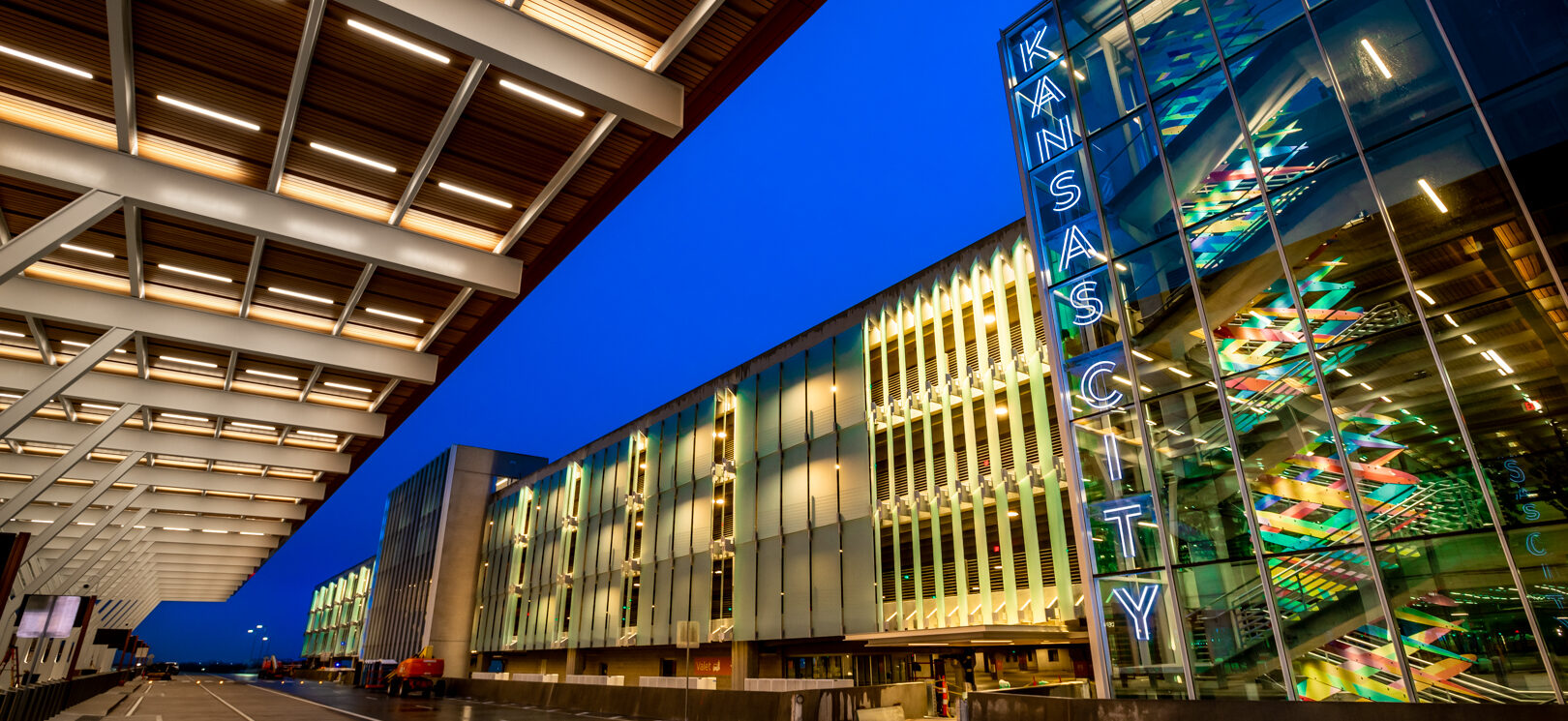By Paul Blue
America’s airports are racing to catch up with rising passenger travel demand and launching capital programs by the week, jump-started by an infusion of federal funding over the past two years. Just this week, the FAA announced another $1 billion in infrastructure funding to improve efficiency and the passenger experience at airports across the U.S.
For many owners, these are the single largest and most complex construction programs they will undertake in their careers. They need executive-level help planning and delivering billion-dollar programs. And they need assurance that their programs will be built on schedule and within budget.

Aviation departments and airport authorities are replacing 40- and 50-year-old terminals dominated by Brutalist architecture with spacious, high-tech central ticketing and security checkpoints, light infused atriums and hold rooms, and concourses filled with high-touch dining and retail opportunities with a side of regional flair.
Paslay Group’s Executive Program Management model is a unique approach that is helping airport owners more effectively manage their capital programs for success. We are so committed to this model that we share it broadly toward helping our industry meet today’s travel demands.
An evolution
Paslay Group was formed in 2006 by R. Clay Paslay, a Dallas-Fort Worth International Airport executive who led capital programs for 25 years culminating in a $2.7 billion program including runway extensions, elevated Automated People Mover, international terminal, hotel, and an 8,100-vehicle parking garage, among other improvements.
As an owner, Paslay had engaged plenty of large program management firms. They arrived with a large staff and established processes and procedures. This management approach was costly and didn’t assimilate to the existing environment. Paslay knew there was a better way to tackle the projects.
After retiring from DFW, Paslay took his experience to Sacramento International Airport to assist in SMF’s $1.2 billion “Big Build” Terminal B Modernization Program. He supported Sacramento County Airport Department’s vision with a handful of senior-level, airport experts who served as an extension of the executive office rather than a traditional program management model with scores of employees and a business model that encourages staffing up.
He offered his small executive team that was fixed for the duration of the program and worked with the SMF executive team to develop an execution strategy that was aligned with their objectives in the context of their constraints and capabilities.
Sacramento’s success launched the EPM management model in the aviation industry and led Paslay to engagements at Los Angeles World Airports, DFW, BNA, MCI, PIT and JFK, among others.
EPM Essentials
Each airport has its own unique objectives, and the EPM model must be tailored to specific goals and circumstances. But most programs require a few essential, executive-level positions:
- Executive Program Manager, who supports airport leadership and serves as an extension of the organization’s executive leadership team.
- Design Manager, who supports continuity of design among all projects in the program.
- Construction Manager, who ensures that projects are delivered on-time, on-budget, and according to plans and specifications.
- Project Controls Manager, who collects data, conducts analysis, and reports on the performance of the project.
Filling these roles with exceptionally qualified, seasoned airport professionals allows an owner to expand his or her ability to execute the program while developing processes and procedures to serve the airport into the future.
We advocate starting small and encouraging owners to use their own staff for program roles where possible, adding subconsultants through staff augmentation only as needed to right-size the program, control costs and avoid inefficiencies.
On the horizon
Fast-forward to 2023, and Paslay Group’s EPM model has been implemented at 10 airports to manage almost $20 billion in total capital investments. Paslay Group’s EPM team currently is assisting the Metropolitan Nashville Airport Authority in its successful execution of the $1.5 billion BNA Vision program. In Kansas City, Paslay Group’s EPM team has successfully completed the stunning, $1.5B new central terminal that opened in February.
Paslay Group is also providing EPM services for capital programs at Austin-Bergstrom, Pittsburgh, and Omaha international airports.
The EPM model works and delivers complex capital programs in a manner that keeps airport owners in control and positions them for future success. It’s evident as more owners advertise for EPM services to elevate their airport’s success.
Paul Blue is president of Paslay Group’s Executive Program Management Division and has more than 33 years’ experience in the public and private sector working in aviation, economic development, and capital development efforts. He previously held several positions with the City of Phoenix including executive roles at Phoenix Sky Harbor overseeing PHX from City Hall. Reach him at pblue@paslaygroup.com.

